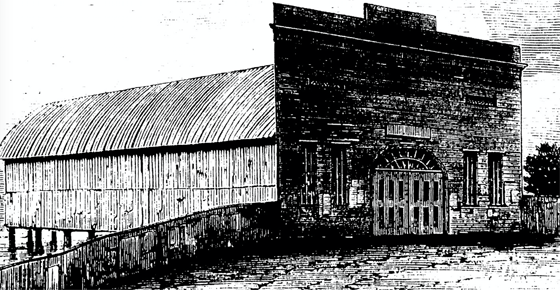
The National School stood on the corner of Bay and Liardet Streets, often in the midst of a pond of stagnant water.
The passing of the Education Act in 1872 and the subsequent closure of the National School was one of the most significant events in Port Melbourne’s history. From then on all children could have a free education. The old National school closed its doors on 30th June 1874 and new school building in Nott Street was opened on 1st July 1874, one of the earliest purpose built government primary schools.
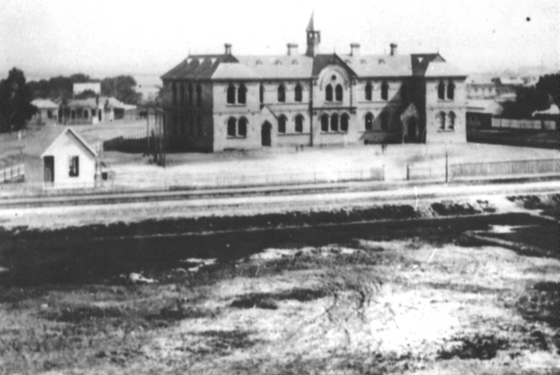
The money and people that flowed into Victoria from gold led to a transformation of Sandridge with new houses, public buildings and hotels. During the two decades from 1880 the streetscapes of Port Melbourne took on an appearance that would be familiar to many who live here today.
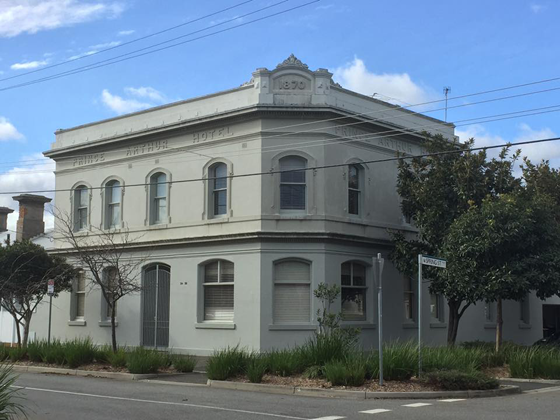
The Prince Arthur Hotel building on the corner of Nott and Spring Street West opened in 1870 and was extensively rebuilt in 1882. It is now a private home.
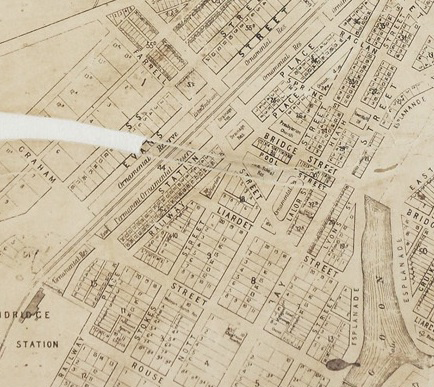
The map from the Port Melbourne Historical and Preservation Society collection shows a layout of housing lots for sale on the west side of the railway line and break up of Station Street on the east side into very tiny house lots that were actually never implemented. It gives an indication of the extent of house building that had occurred in Sandridge by 1872.
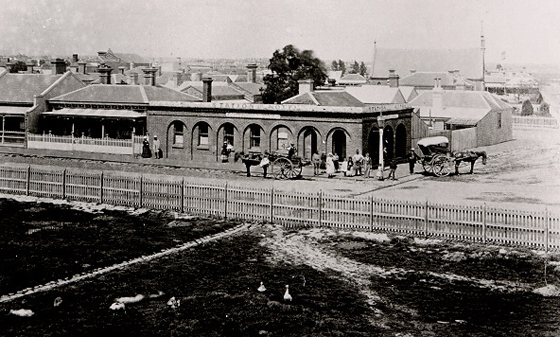
Although the single story Station Hotel dominates this photo, it also shows two very substantial houses built in Station Street. There are a number of houses built in the 1870s still standing on our streets, however there were also many very poorly built houses without proper sanitation, with dirt floors and flimsy walls, none of which have survived.
Shipping, wharves and the sea dominated life for many residents of Port Melbourne. Conditions for seamen were often dangerous and subject to the whims of owners and masters who often ignored the welfare of their employees. On Saturday 21st September 1872 the first successful Australian seamen’s union was founded in Port Melbourne, largely through he efforts of George Sangster, a highly skilled negotiator and union leader. A memorial to him stands now in Nott Street, beside the Bowling Club.
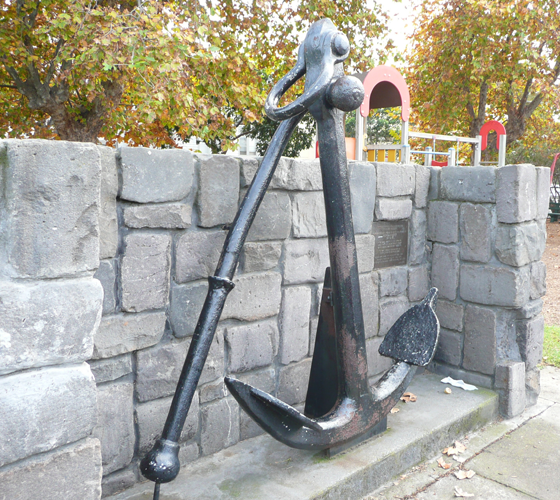
In 1872 another significant milestone in the battle for improved working conditions was the founding of the Port Phillip Labourer’s Eight Hours Association, a name soon changed to the Port Phillip Stevedore’s Association. They immediately began a campaign to reform the system for recruiting labour to work ships in the port. The existing system was dangerously casualised and left many men with insufficient income to feed and house their family.
